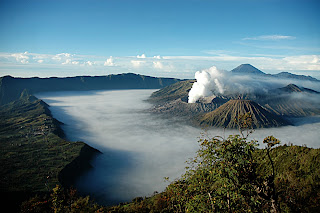When you were born you filled my heart with pride,
And I was overcome by the joy I felt inside.
As I held you in my arms that very first day,
I knew I would never let any harm come your way.
With your tiny little hands and tiny little feet,
Everytime I look at you my heart skips a beat.
As I watch you sleep in the middle of the night,
I hope and pray I will do everything right.
I know I may make some mistakes along the way,
But I promise to do my best not to every single day.
I often wonder what you will grow up to be,
But whatever you become will be fine with me.
So whatever you may decide to do in your life,
Maybe an astronaut, a lawyer, or even a doctor's wife.
I can say this without any doubt at all,
I will always be there to catch you if you fall.
And another promise I make to you from me,
Daddy's little angel you will always be.
And I was overcome by the joy I felt inside.
As I held you in my arms that very first day,
I knew I would never let any harm come your way.
With your tiny little hands and tiny little feet,
Everytime I look at you my heart skips a beat.
As I watch you sleep in the middle of the night,
I hope and pray I will do everything right.
I know I may make some mistakes along the way,
But I promise to do my best not to every single day.
I often wonder what you will grow up to be,
But whatever you become will be fine with me.
So whatever you may decide to do in your life,
Maybe an astronaut, a lawyer, or even a doctor's wife.
I can say this without any doubt at all,
I will always be there to catch you if you fall.
And another promise I make to you from me,
Daddy's little angel you will always be.








































































